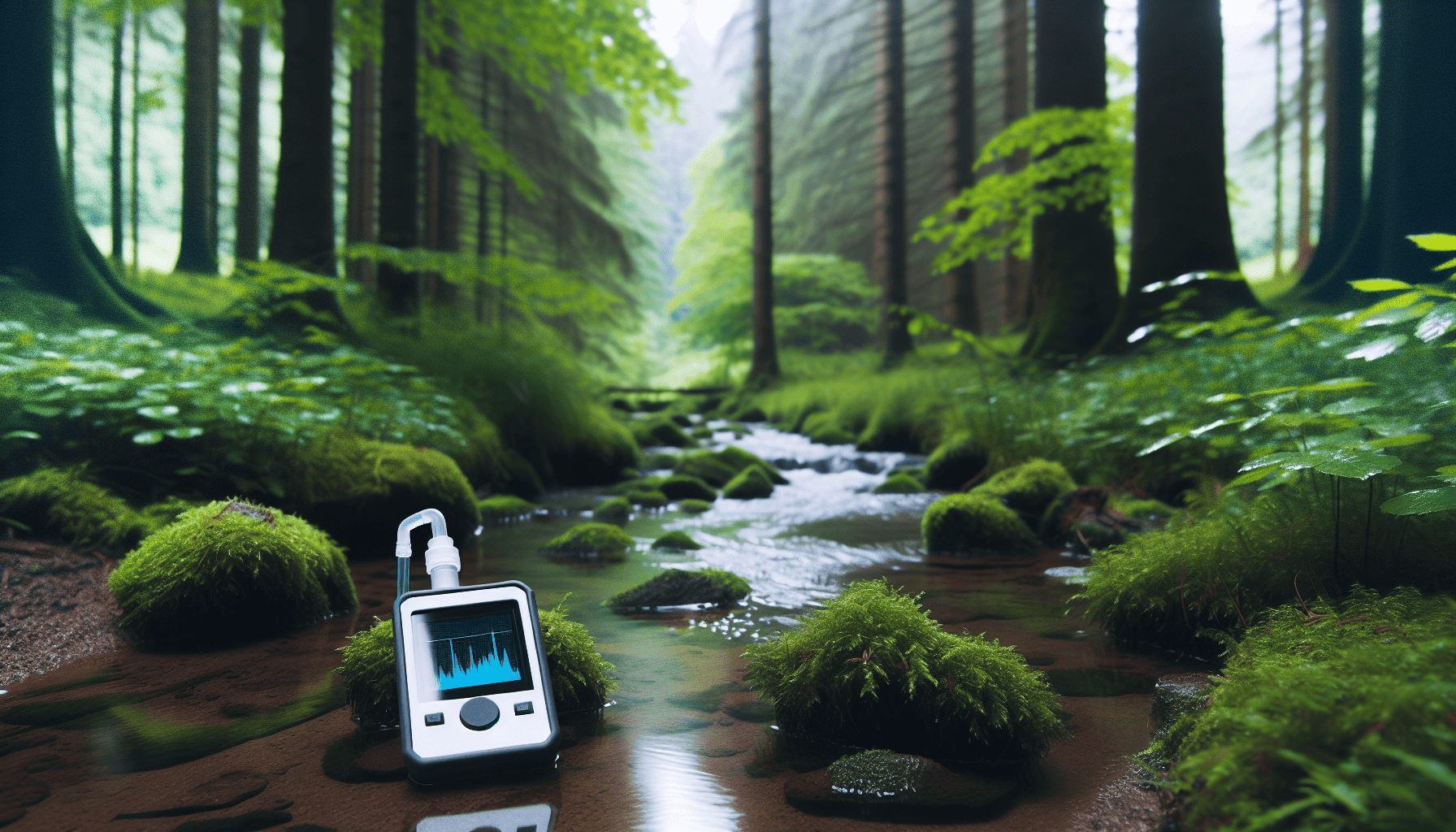Nanotechnology, the science of manipulating matter at the atomic and molecular scale, has emerged as a powerful tool in addressing environmental challenges. Its applications in environmental science are not only broad but incredibly innovative, offering solutions for pollutant detection, water purification, and the development of sustainable materials that can significantly contribute to environmental protection.
One of the most notable applications of nanotechnology in environmental science is pollutant detection. Traditional methods of detecting environmental pollutants often require complex equipment and lengthy analysis times. However, nanotechnology enables the development of nanosensors that are highly sensitive, selective, and capable of real-time monitoring. These nanosensors can detect a wide range of pollutants, including heavy metals, organic compounds, and pathogens, at very low concentrations, thereby providing a more accurate assessment of environmental quality.
For instance, nanomaterials like carbon nanotubes and metal oxide nanoparticles are being employed in sensors to detect toxic gases in the atmosphere with unparalleled precision. The high surface area and reactivity of these nanomaterials enhance their ability to interact with pollutants, leading to faster and more accurate detection. Moreover, portable nanosensor devices can be deployed in remote or inaccessible areas, making it easier to monitor pollution levels in diverse environmental contexts.
In the realm of water purification, nanotechnology presents transformative approaches. Access to clean and safe drinking water is a significant global challenge, with millions of people affected by waterborne contaminants. Nanotechnology offers solutions like nanofiltration and the use of nanomaterials such as graphene oxide and titanium dioxide, which can remove pollutants from water more efficiently than conventional methods.
Nanofiltration membranes, for example, can filter out not only large particulates but also micro-pollutants, viruses, and bacteria, ensuring high-quality water purification. These membranes are designed at the nanoscale to optimize their pore size and surface properties, allowing for selective removal of contaminants while maintaining a high flow rate. This not only ensures the provision of clean water but also operational cost-efficiency.
Graphene oxide, another remarkable material, has been shown to possess extraordinary adsorption capabilities for heavy metals and organic pollutants. Its multifunctional surface can be chemically modified to enhance selectivity and capacity for specific contaminants, making it a versatile tool for water treatment facilities around the world.
Beyond detection and purification, nanotechnology plays a crucial role in the development of sustainable materials. The creation of new materials with unique properties at the nanoscale holds the potential to replace or reduce the use of environmentally harmful substances. For example, nanocomposites made from biodegradable polymers and nanoparticles can replace conventional plastics, reducing plastic waste and minimizing environmental impact.
Furthermore, nanotechnology enables the engineering of materials with enhanced durability and efficiency, reducing resource consumption and waste generation. As industries strive to reduce their carbon footprint, nanomaterials can contribute to more sustainable manufacturing processes and products. For example, nano-enhanced solar cells offer higher efficiency rates than traditional solar panels, thereby promoting the use of renewable energy.
Moreover, nanoparticles are being developed to serve as catalysts in chemical reactions that break down hazardous substances into benign products. This application is particularly useful in cleaning up contaminated environments and industrial emissions, contributing to reduced pollution levels.
In conclusion, the integration of nanotechnology in environmental science exemplifies a revolutionary approach to addressing some of the most pressing environmental challenges of our time. From enhancing our ability to detect and monitor pollutants to developing cutting-edge solutions for water purification and sustainable materials, nanotechnology is paving the way for a cleaner, safer, and more sustainable future. As research and innovation continue to advance, the full potential of nanotechnology in environmental protection is yet to be realized, offering hope for a thriving ecosystem and improved quality of life for all.
